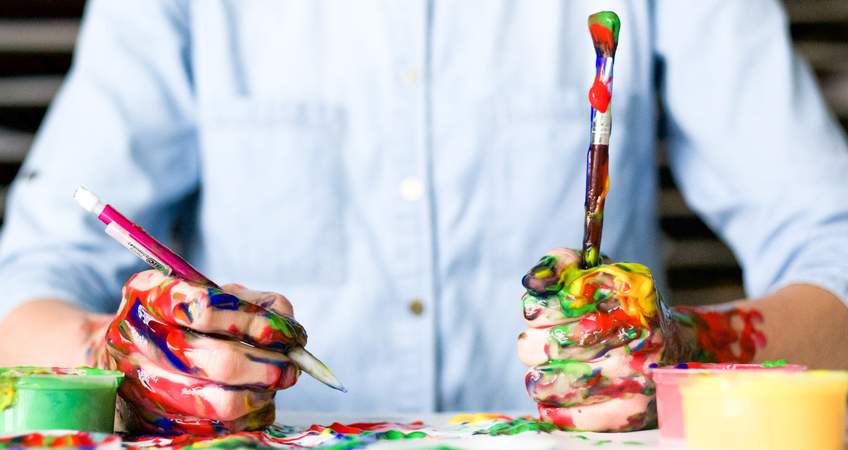
In 2018 I wrote an article on the right way to plan, create and present new designs to clients (brands/retailers). This is a detailed account of what the process should look like to ensure the client is happy during the visual design process of a technology replatform and signs off design mockups immediately.
This is an important part of the replatform process and typically the part which stalls and causes projects to run overtime. Agencies struggle to accurately price this part of the project so they guess the number of design revisions resulting in an over-inflated cost to clients.
Click here to read this article.
This article explains getting the design process right requires a senior "Experience Design Specialist" who leads a robust "customer experience design process" which ultimate defines the visual mockups in the replatform.
The ability for businesses to construct and deliver seamless/intuitive end to end digital journeys is the new competitive advantage. The right "customer experience design process" delivers just that.
However, because this "customer experience design" term has been used in so many different contexts, many don't understand exactly what this phrase means.
Defining "Customer Experience Design":
"Customer Experience design" is a process of planning the coming together of multiple (website) pages created specifically to meet all information gathering (and buying) needs of a target consumer.
Each individual website page comprises three fundamental parts....
- Functionality (of the technology driving the site)
- Content (created by the organisation)
- Brand DNA which denotes the site look and feel
Customer Experience Design is....
- All three parts (of the page) elegantly working together to enable engagement
- The page layout is structured to rank content in line with immediate consumer needs at that point in his/her journey: this is known as "page element hierarchy"
- The creation of content to assist in a consumer's information gathering process, and the right placement of this content so it's presented at the right time
- Constructing elegant flows from one page to the other (this comprises both front and back steps in a journey)
- Achieving all of the four points (above) to a high standard across multiple screen sizes
What's happening today?
For organisations who don't understand the power of the customer experience design process, they engage with design/creative agencies to create visual mockups for a new site.
Remember! These designs are the vehicle to interacting with the target consumer, the design/creative agency is essentially creating the experience design.
This is why most designers have changed their titles to "UX Designer" ("UX" = user experience).
Why is this an issue?
For individuals to lead the customer experience design process they must have a deep understanding of...
- How functionality (on an eCommerce technology for example) behaves across multiple scenarios and multiple screen types
- The content needs of consumers across various stages of information gathering and buying
- How this content needs to be presented (using functionality)
- How to make multiple pages flow together to construct specific "journeys" to satisfy specific intent driven needs
The majority of creative agencies....
- Don't understand functionality
- Do not conduct rigorous research required to inform the new experience design
- Do not understand the content needs of consumers to enrich experiences
- Lacks knowledge in digital/eCommerce best practice
What does an Experience Design Specialist do?
Put simply, this specialist leads the process to deliver on all of the above.
The experience design specialist....
- Leads the research process to gather the insights required to inform experience design decision making
- Has a robust understanding of best practice usability principles
- Has a deep understanding of eCommerce and all other relevant technologies which enable online experiences and defines the behaviours of the technology
- Defines how multiple website pages must hang together to deliver experiences to satisfy specific intent driven needs of target consumers
- Guides and leads the content creation process (content is the heart and sole of experiences)
Why is the use of an Experience Design Specialist important?
- A business can have great content but if it's hard to access due to clunky or poorly designed functionality, it won't deliver value.
- A business can have access to a technology full of functional features, but if the content is poor, this technical platform won't deliver value.
- A business can have great functionality and great content but if the flow from one page to another is disjointed and fragmented, it won't deliver value.
- A business can have great functionality, strong content and understand the right flow, but if this does not elegantly translate across different screen sizes, it won't deliver value.
The solution?
Work with a seasoned customer experience design specialist. Someone who can collaborate with the right teams and/or the right people to deliver what the business needs: the best experiences possible for their customers.
This article was as tagged as B2B , Business Transformation , Customer Experience Design